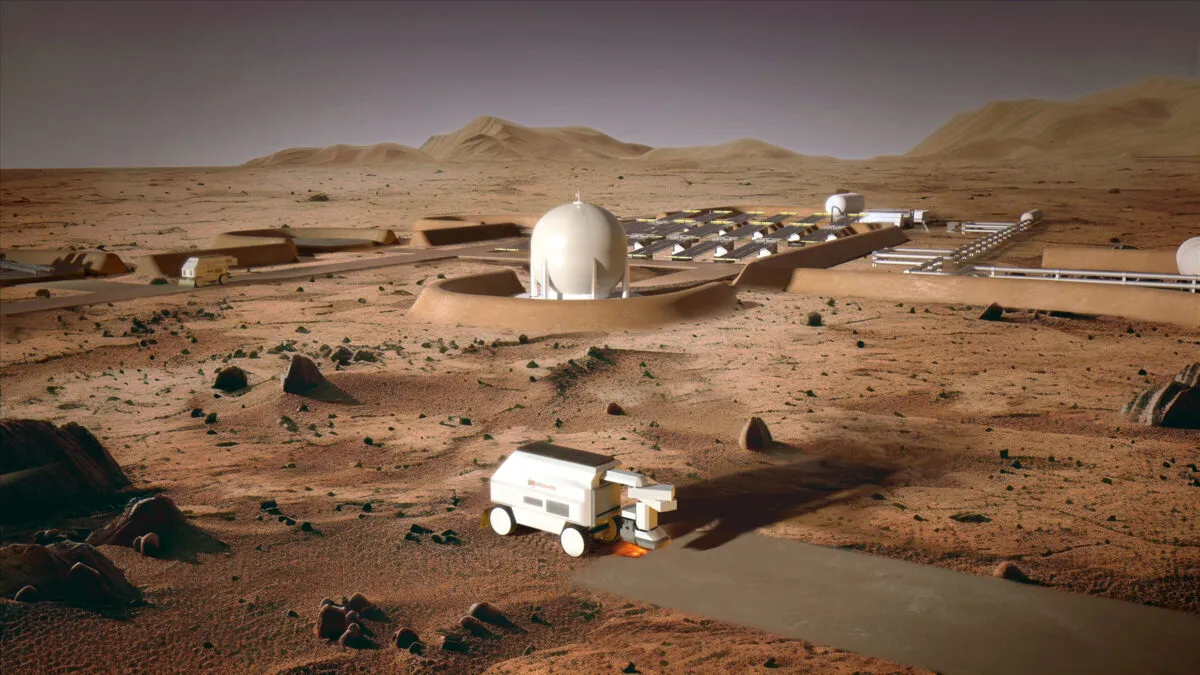Emerging Technologies / Green tech
Weekly Emerging Technologies / Green tech Insights
Stay ahead with our expertly curated weekly insights on the latest trends, developments, and news in Emerging Technologies - Green tech.
Recent Articles
Sort Options:

West Gate’s 4th Cohort Innovators Pursue Advanced Energy Applications Throughout Energy Landscape
The fourth cohort of West Gate's Lab-Embedded Entrepreneurship Program showcases innovative technologies, including plant-based rare earth extraction, advanced water filtration membranes, vertical-axis wind turbines, and long-lasting flywheel energy storage, highlighting the dynamic energy landscape.

The emerging network of mutualistic technologies
Four major technologies are driving significant investments, creating new opportunities and applications. Each technology is poised to enhance the capabilities of the others, fostering a synergistic environment for innovation and growth in various sectors.

Climate: Green Energy Is Booming Beyond The Beltway
This week's Current Climate newsletter highlights the surge in green energy initiatives beyond Washington, D.C., GM's innovative battery solutions for data centers and energy grids, and the application of AI in combating the Great Pacific Garbage Patch.

What caught your eye? (ICs in EVs, Green energy, Lunar manufacturing)
China is focusing on domestic sourcing of integrated circuits for electric vehicles, while public attitudes towards green energy evolve. Additionally, advancements in lunar and Martian manufacturing technology, known as Mason, are gaining attention.

How IT companies can build a greener future
As climate change disrupts supply chains, IT manufacturers are urged to prioritize sustainability. By enhancing transparency, collaborating with suppliers, and adopting eco-friendly practices, the sector can lead in reducing emissions and fostering resilient operations for a greener future.

BEYOND EXPO 2024 | Empowering a greener world with AI and the metaverse
Emerging technologies like AI and the metaverse are poised to significantly reduce greenhouse gas emissions, experts noted at BEYOND EXPO 2024. However, successful implementation requires extensive data and professional oversight to ensure accuracy and compliance with evolving regulations.

The future of AGI should not come at the expense of our planet
The article discusses the evolution of computing efficiency and the urgent need for green computing in the tech industry. It highlights Ant Group's advancements in sustainable technology and the importance of integrating energy efficiency into strategic planning for all companies.